“Today, unfortunately, is not a day for celebration. Today is a more difficult day,” de Blasio told reporters on a conference call Oct. 4, noting that in nine ZIP codes in the boroughs of Brooklyn and Queens, the case positivity rate had remained above 3 percent for seven consecutive days.
“We’re having an extraordinary problem, something we haven’t seen since the spring,” de Blasio said.
His proposal, which he said he has sent to the New York state government, is to lock down the nine hot spots, shuttering nonessential businesses, closing public and private schools, and halting indoor and outdoor dining. Restaurants would still be able to offer pickup and to-go meals, and places of worship will remain open.
“It will be very difficult. I want to emphasize this again, it gives me no joy in saying this because it will be very difficult for the people who live in these ZIP codes of all communities,” de Blasio said.
The nine affected neighborhoods are: Edgemere/Far Rockaway, with a 14-day positivity rate of 5.63 percent, Borough Park (8.31 percent), Gravesend/Homecrest (7.59 percent), Midwood (6.98 percent), Bensonhurst/Mapleton (6.47 percent), Flatlands/Midwood (5.94 percent), Gerritsen Beach/Homecrest/Sheepshead Bay (4.36 percent), Kew Gardens (3.81 percent), and Kew Gardens Hills/Pomonok (3.86 percent).
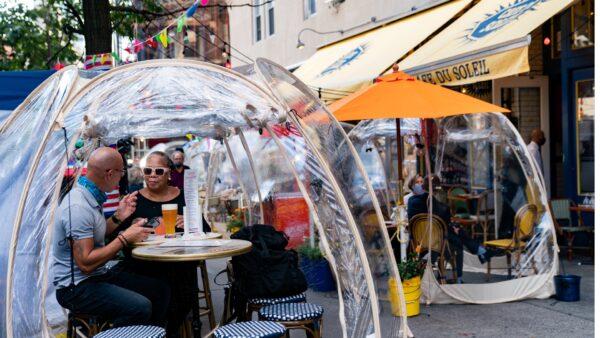
Under his plan, the lockdowns in the nine ZIP codes are set to begin on Oct. 7, and are to remain in effect for two weeks. If case positivity rates fall below 3 percent, schools and nonessential businesses would be allowed to reopen after that time. If not, his plan calls for them to remain shut for four weeks.
“Again, this is the strategy that worked for us in the spring and summer, which is limiting activity in a community to stop the spread. That’s how the city came out of an extraordinarily difficult crisis in the spring, a much tougher situation than what we’re dealing with now,” he said.
De Blasio’s proposal includes restrictions on “high-risk activities—like indoor dining, gyms, and indoor and outdoor pools” in an additional 10 ZIP codes where the 14-day case positivity rate has been between 1.94 percent and 3.62 percent.
“Once again, it’s time for our city to dig deep and fight this virus the best way we know how: by wearing a mask, practicing social distancing, and looking after our seniors and most vulnerable neighbors,” de Blasio said, adding that the city has announced expanded testing in cluster areas.
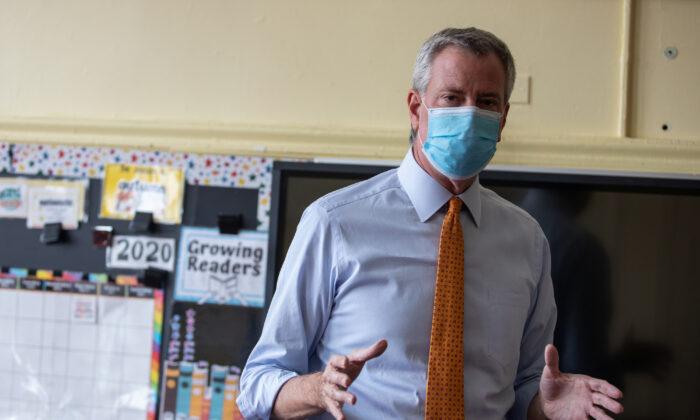

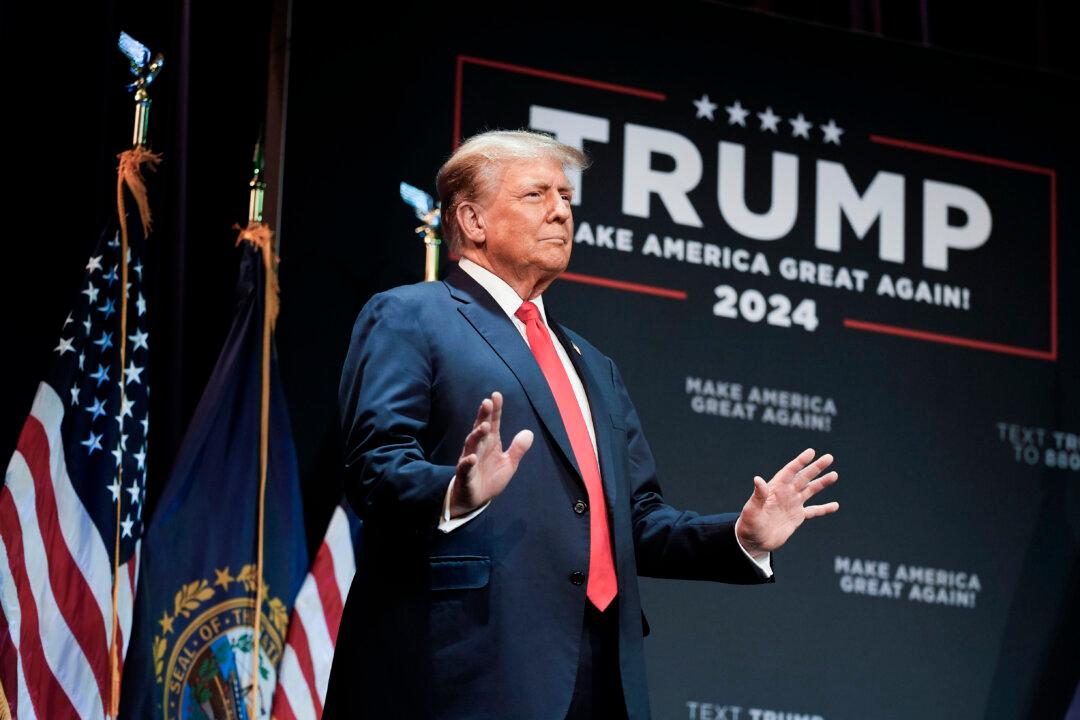
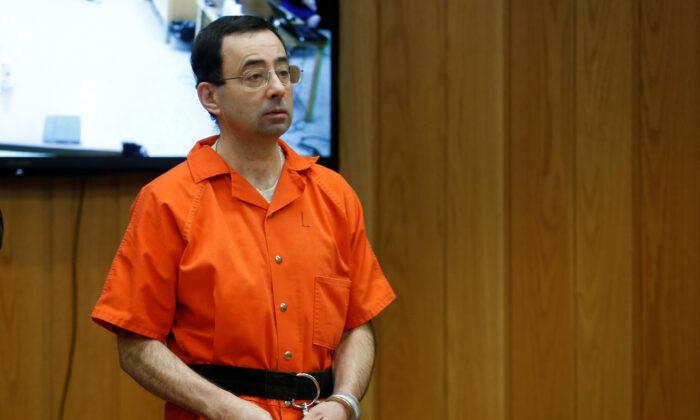
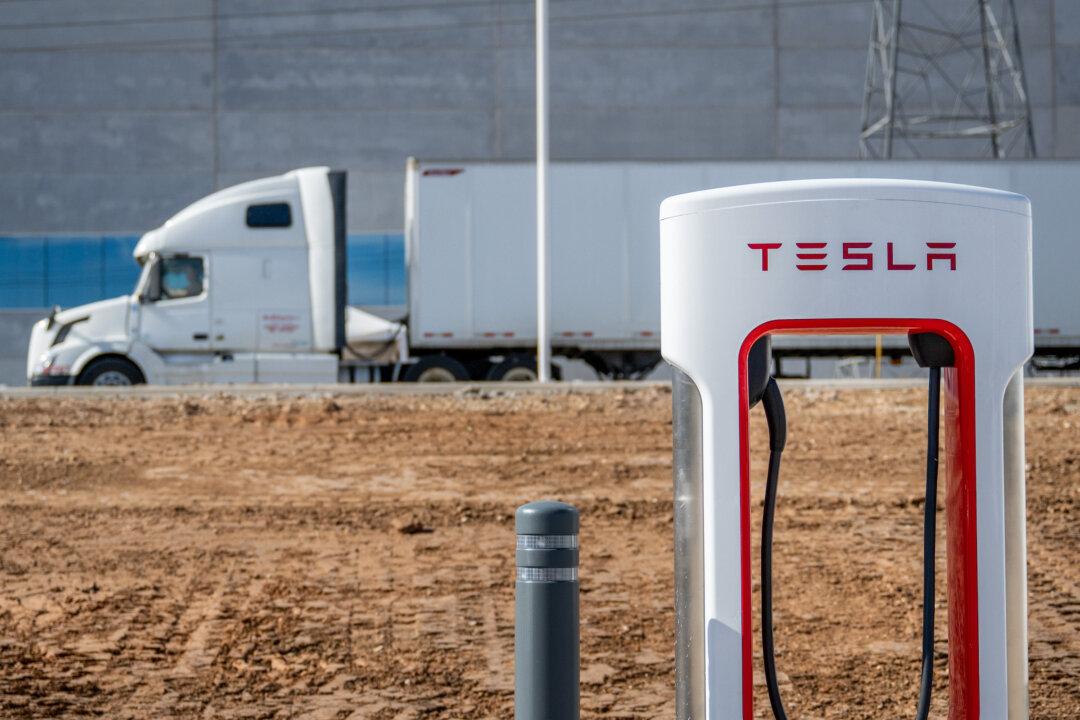
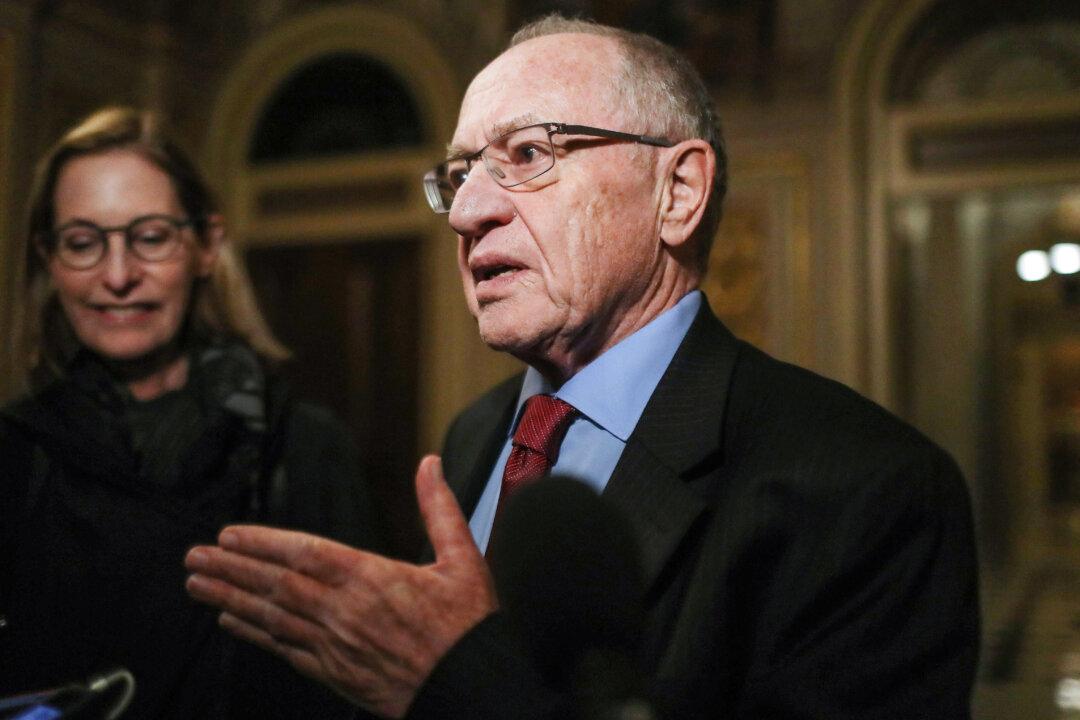
Friends Read Free